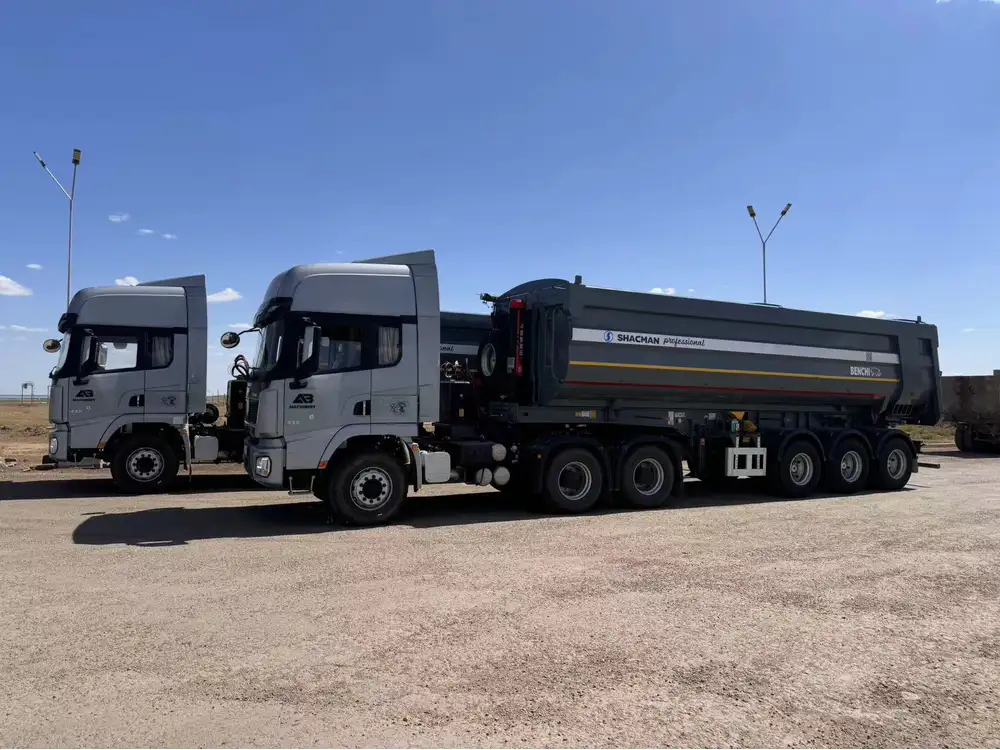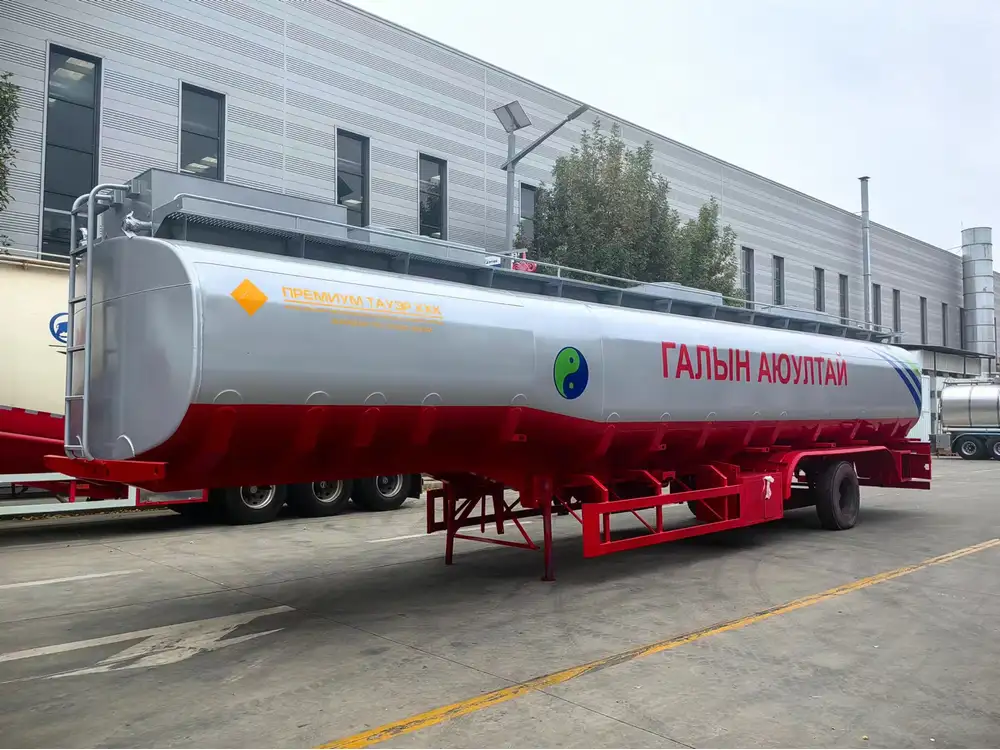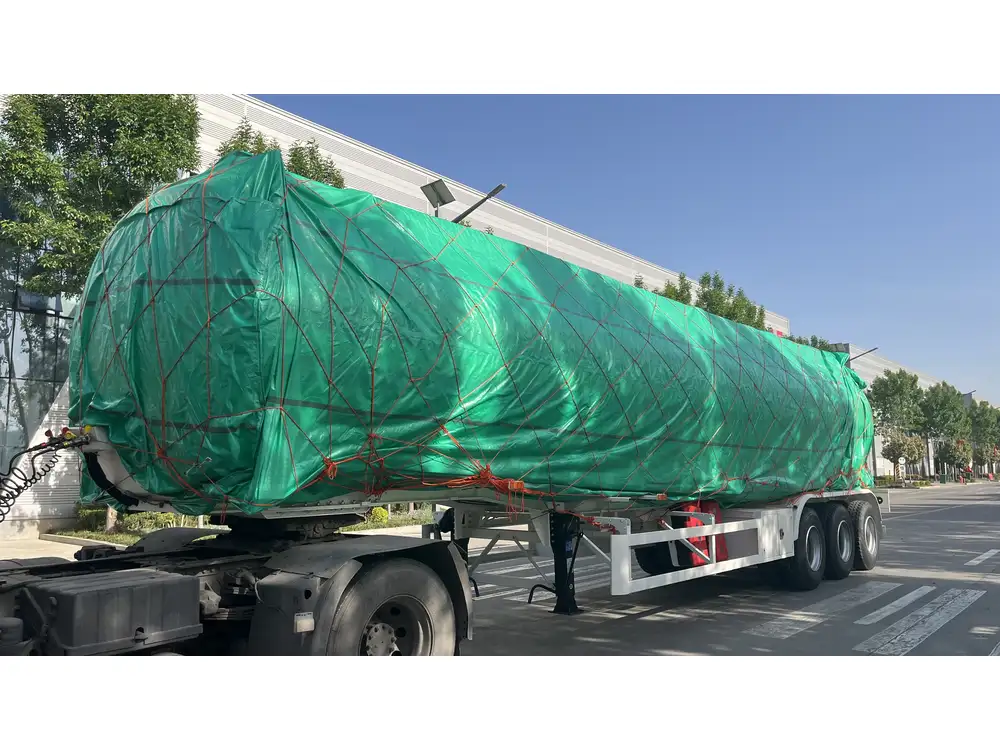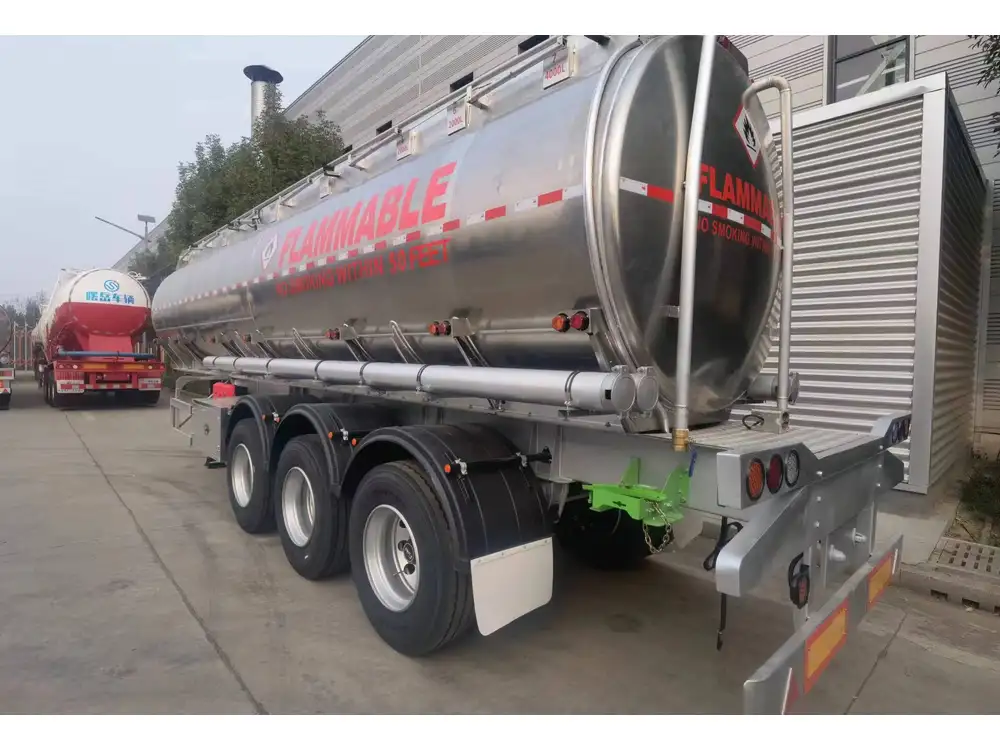The question of whether an enclosed trailer frame can be repurposed for a flatbed application resonates with both novice and experienced users in the transportation and logistics sectors. This article aims to provide a comprehensive analysis of this query by examining the structural characteristics, suitability, and implications of using an enclosed trailer frame for a flatbed.
Understanding the Enclosed Trailer Frame
Structure Insights
Enclosed trailers, often utilized for transporting sensitive cargo, are designed with a robust frame that incorporates various materials, predominantly steel or aluminum. The frame serves as a skeleton that supports the trailer’s walls, floor, and roof. Comparatively, flatbeds rely on a more simplistic structure, focusing on load versatility and ease of access.
| Component | Enclosed Trailer | Flatbed Trailer |
|---|---|---|
| Frame Material | Steel/Aluminum | Steel/Aluminum |
| Siding | Yes | No |
| Loading Access | Rear ramp/side doors | Open top |
| Weight Distribution | Enclosed, even load | Open for seasonal load |
| Security Features | Locks, walls | Open, minimal security |

Weight Distribution
The enclosed trailer typically has a more uniform weight distribution due to its design, which can impact how the frame functions when converted to a flatbed. Weight management is crucial when transporting heavy loads as improper distribution can lead to accidents or trailer failure.
Analyzing Suitability for Flatbed Conversion
Load-Bearing Capacity
Before addressing the feasibility of conversion, we must evaluate the load-bearing capacity of the enclosed trailer frame. Flatbeds are designed to handle various weights and dimensions, often much larger than what an enclosed trailer is rated for due to their rigid design and operational use cases. It’s vital to assess the gross vehicle weight rating (GVWR) of the enclosed trailer, as this informs the maximum load the trailer can safely carry.

Structural Integrity
The integrity of the frame is paramount in determining if it can serve a dual purpose. An enclosed trailer’s structure may have specific reinforcements tailored for the enclosed body, which could present weaknesses when subjected to the dynamics of flatbed loading.
Potential Modifications Required
Frame Reinforcement
To successfully modify an enclosed trailer frame for flatbed use, several modifications will likely be necessary:
Removing Siding and Panels: This initial step involves stripping off the enclosed sides and roof to create an open frame.
Reinforcing the Frame: Additional bracing may be required to ensure that the frame maintains its strength without the support of walls. The addition of crossmembers and increased support beams can bolster the load capacity.
Decking Installation: A flatbed typically requires proper decking. Installing a durable wooden or composite surface would be essential not only for creating a flat loading area but also for distributing loads evenly.
Addressing Electrical Complications: If the enclosed trailer had electrical wiring for lights or brakes, adjustments to these components will be obligatory to fit flatbed standards.

Legal Considerations and Compliance
It’s crucial to remember that any modifications to a trailer must comply with local regulations and safety standards. Consult local authorities regarding permissible changes to ensure the converted trailer meets all safety requirements, including tire load ratings, brake laws, and lighting regulations.
| Compliance Aspect | Considerations | Requirements |
|---|---|---|
| Weight Limit | GVWR adherence | Stay within framed limitations |
| Brake Systems | Must have adequate brake systems | Hydraulic or electric brakes as needed |
| Lighting | Visibility standards | Proper lighting setup for trailers |
| Structural Soundness | Inspection by a certified professional | Structural assessments required |
Pros and Cons of Using an Enclosed Trailer Frame for a Flatbed
To provide a clear perspective, we have compiled a succinct list of the advantages and disadvantages of converting an enclosed trailer frame to a flatbed configuration.
| Pros | Cons |
|---|---|
| Cost-effective for those with existing frames | Structural weaknesses if not properly reinforced |
| Versatile use for multiple cargo types | Potential legal hurdles |
| Enhanced access for loading/unloading | Possible need for additional equipment/components |
| Lighter weight options available | Time-consuming modification procedures |
Case Studies: Real-Life Applications
The practical application of repurposing an enclosed trailer frame into a flatbed can be better understood through real-world examples. These scenarios showcase how various industries have successfully navigated this conversion process, highlighting modifications, challenges, and outcomes.

Case Study 1: Construction Industry
In a local construction firm, an enclosed trailer previously used to transport tools was adequately modified into a flatbed. The business focused on streamlining loading processes. By reinforcing the frame and adding durable decking, they transitioned smoothly into their new operating model, ultimately increasing efficiency and allowing for a broader range of materials to be transported.
Case Study 2: Hauling Goods
A small business specializing in hauling goods for local stores took an enclosed trailer that had become outdated. By stripping down unnecessary features and focusing on flatbed functionality, they were able to cater to customer demands for better loading access and versatility. This transformation led to a noticeable boost in client satisfaction and growth for their services.
Frequently Asked Questions (FAQs)

Is it safe to convert an enclosed trailer into a flatbed?
Converting an enclosed trailer into a flatbed is feasible and can be safe, provided all necessary structural reinforcements and modifications are adequately executed according to safety regulations.
What tools would I need for modification?
- Welding equipment for frame reinforcement
- Carpentry tools for decking installation
- Safety gear for personnel (gloves, goggles)
- Inspection tools to ensure compliance
Will I need to modify my vehicle towing the trailer?
Yes, ensure towing capacity is sufficient, considering the new weight dynamics after modification.

Conclusion
In summary, repurposing an enclosed trailer frame for flatbed use is an achievable option, but it demands careful planning, structural assessment, and compliance with legal standards. By thoroughly analyzing the existing framework and employing necessary modifications, individuals and businesses can effectively leverage this transformative approach to improve operational efficiencies. The ultimate success hinges on rigorous reinforcement, mindful design choices, and commitment to safety.
By understanding both the benefits and challenges of such a project, users can make informed decisions that align with their operational needs. The transition from an enclosed trailer to a flatbed can provide significant advantages when executed correctly, paving the way for enhanced logistics capabilities and adaptability in a competitive marketplace.



